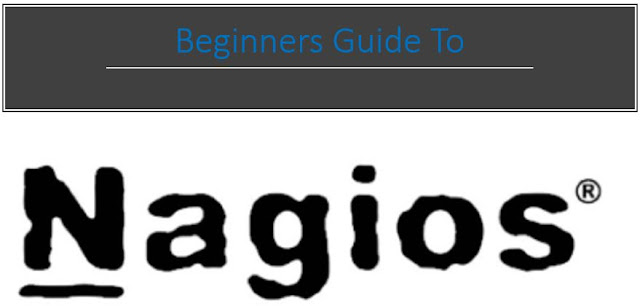Nagios
First introduced in 1999, Nagios has developed to
incorporate a huge number of activities/projects created by the global Nagios network.
Nagios is supported by Nagios Enterprises, which help the network in various
manners through trades of its business items and services.
What is Nagios?
Nagios is defined as a tool for framework
monitoring which regularly checks the position of machines and different
services on the machines. The fundamental reason for framework monitoring is to
distinguish and give an account of any framework that is not working appropriately,
as quickly as possible, so that, you know about the issue before the user keeps
running into it.
Nagios does not accomplish any host or
administration monitoring on its own. It utilizes modules or plugins to conduct real checks. This marks it a flexible and adaptable key for conducting
machine/service checks.
Benefits of Using Nagios
Executing viable server monitoring using Nagios
gives the below-given benefits:
ü Scales fine for basic
and fixed arrangements.
ü Straightforward plugin
design/architecture.
ü Splits struggle to look
after compatibility.
ü Straightforward pattern
language.
ü Incredible system of
plugins to broaden the usefulness
Drawbacks of Using Nagios
Here are some of the drawback of using Nagios:
ü Significant components
such as wizards or interactive dashboard is only accessible on Nagios XI,
which is costly.
ü Nagios-core contains a
complex interface.
ü There are numerous
setup documents which are difficult to design for clients.
ü Nagios cannot check
network data.
ü It does not enable you
to deal with the system, however, it just permits you to observe the system.
ü Nagios does not
differentiate between gadgets (e.g. servers, switches, or routers) as it deals
with each gadget being a host.
Nagios Architecture
The below-given points are significant to be
considered about Nagios architecture:
1)
Nagios comprises of server-agent architecture.
2)
Nagios server is introduced to the host and plugins are
introduced to the remote hosts (or servers) which are to be observed.
3)
Nagios conducts an indication by means of a process scheduler to
operate the plugins on the hosts (or servers).
4)
Plugins gather the information (CPU use, memory utilization and
so forth.) and return it to the scheduler.
5) After that, the process scheduler shows the notice to the
administrator/s and apprises Nagios GUI.
 |
| Nagios Architecture |
The below-given figure is explaining Nagios
Server-Agent Architecture:
 |
| Nagios Server-Agent Architecture |
Components of Nagios
A Nagios checking/monitoring arrangement
comprises of various segments, as demonstrated as follows:
 |
| Nagios Components |


